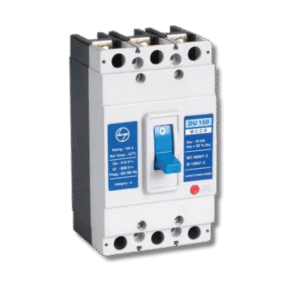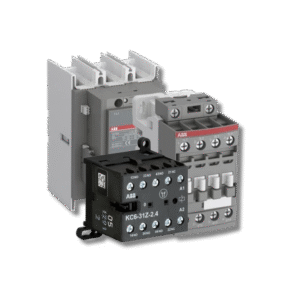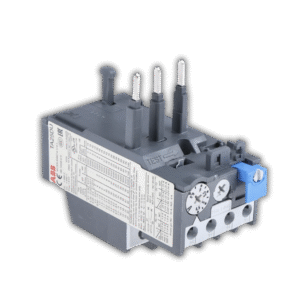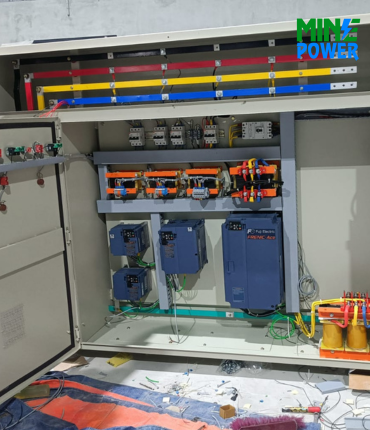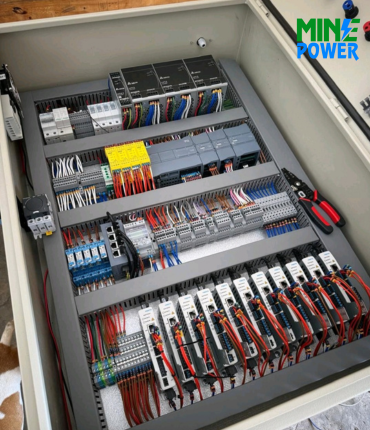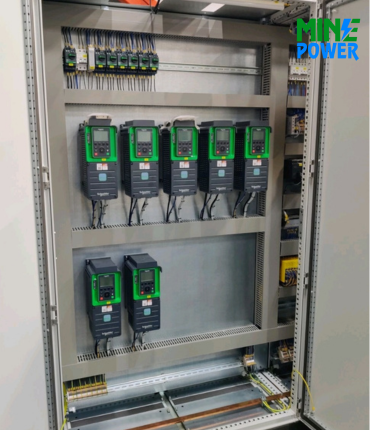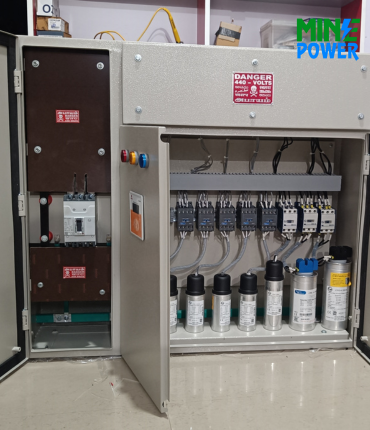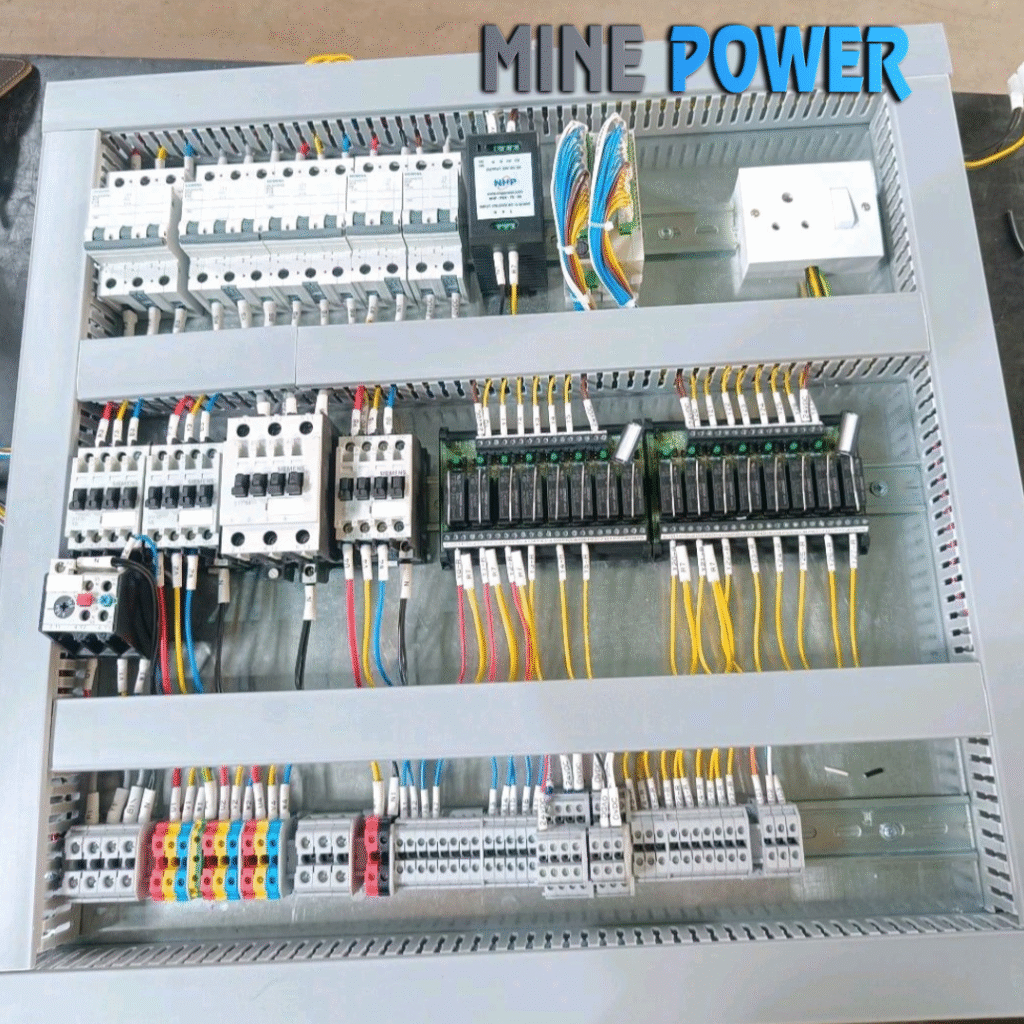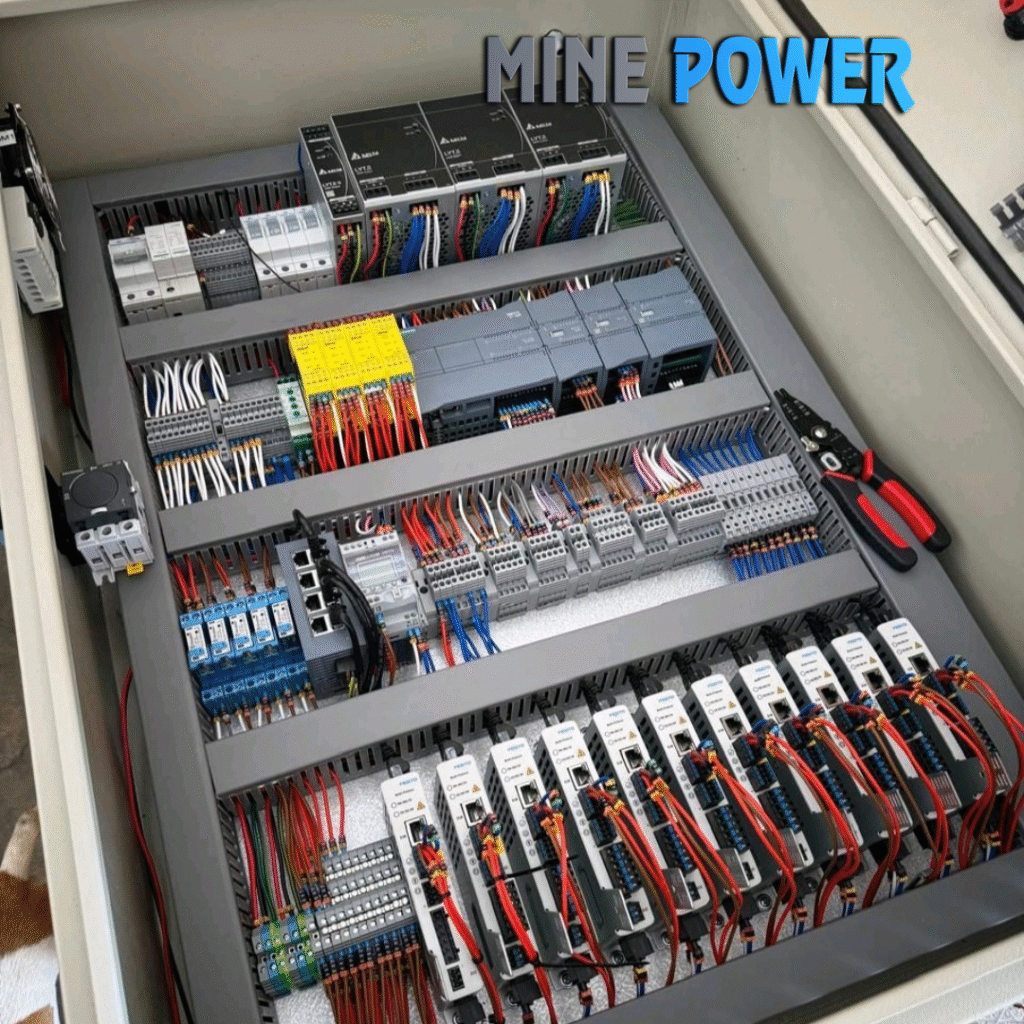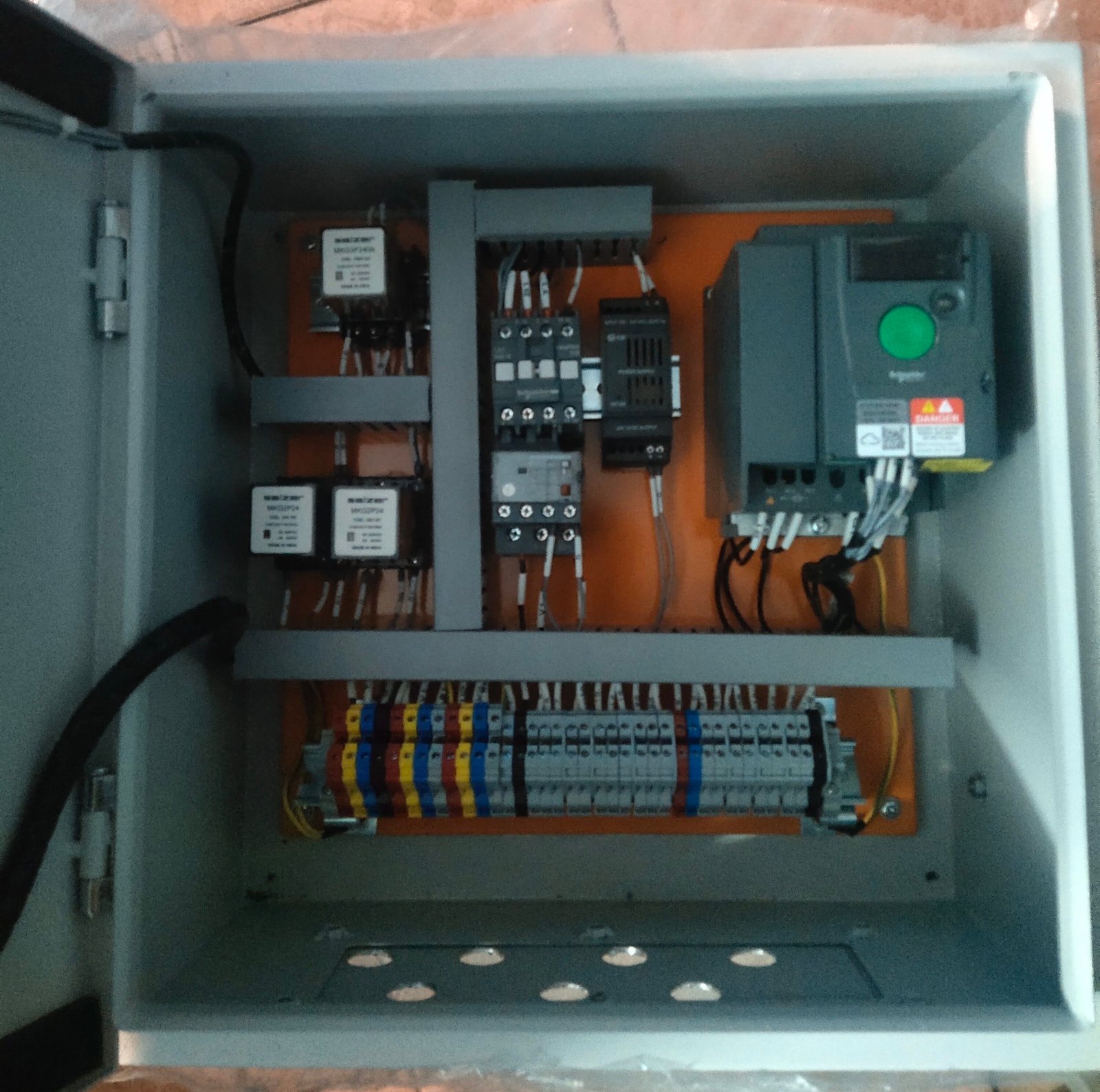Siemens Overload Relays (OLRs) provide reliable motor protection against overloads and phase failures. Compact, adjustable, and easy to integrate with Siemens contactors, they ensure safe and efficient motor operation in industrial, commercial, and infrastructure applications.
Description
Siemens Overload Relays (OLRs) are reliable protection devices designed to safeguard motors and connected equipment from overloads, phase failures, and excessive heating. Used alongside Siemens contactors, these relays ensure efficient motor protection and operational continuity. Compact, durable, and easy to install, Siemens OLRs are widely used in industrial, commercial, and infrastructure applications.
Specifications
-
Brand: Siemens
-
Product Type: Overload Relay (OLR)
-
Rated Current Range: 0.1A to 630A (model dependent)
-
Rated Voltage (Ue): Up to 690V AC
-
Trip Class: Class 10 / Class 20
-
Protection Functions: Overload, phase failure, locked rotor protection
-
Mounting: Direct mounting on contactor or separate mounting with adapter
-
Reset Function: Manual / Automatic reset options
-
Standards Compliance: IEC 60947-4-1, UL, CSA
Features
-
Compact and modular design
-
Adjustable current settings for precise motor protection
-
Phase-loss sensitivity for enhanced safety
-
Bimetallic or electronic versions available
-
Direct mounting on Siemens contactors for easy installation
-
Manual and automatic reset functions
-
High reliability with long service life
Applications
-
Motor protection in industrial plants
-
Pumps, fans, and compressors
-
Conveyor systems and cranes
-
HVAC equipment
-
Manufacturing and process industries
-
Agricultural motor-driven systems
Advantages
-
Provides effective motor protection against overload and phase loss
-
Easy integration with Siemens contactors and starters
-
Adjustable trip settings for flexibility
-
Cost-effective and reliable solution
-
Compact design saves panel space
Disadvantages
-
Limited to motor overload protection (does not replace MCCB/MPCB)
-
Requires coordination with contactors for full motor control
-
Bimetallic versions may be less precise than electronic models



